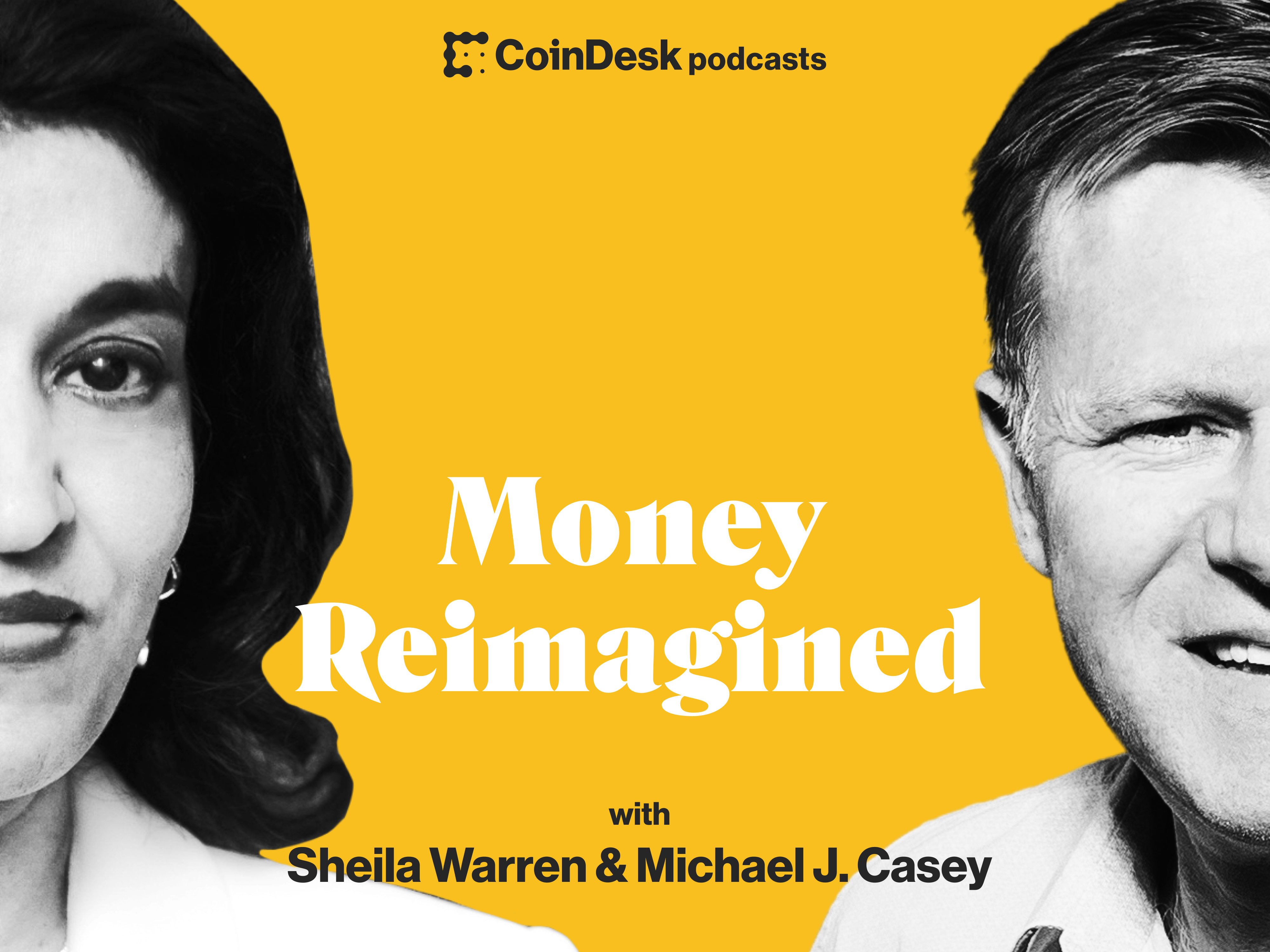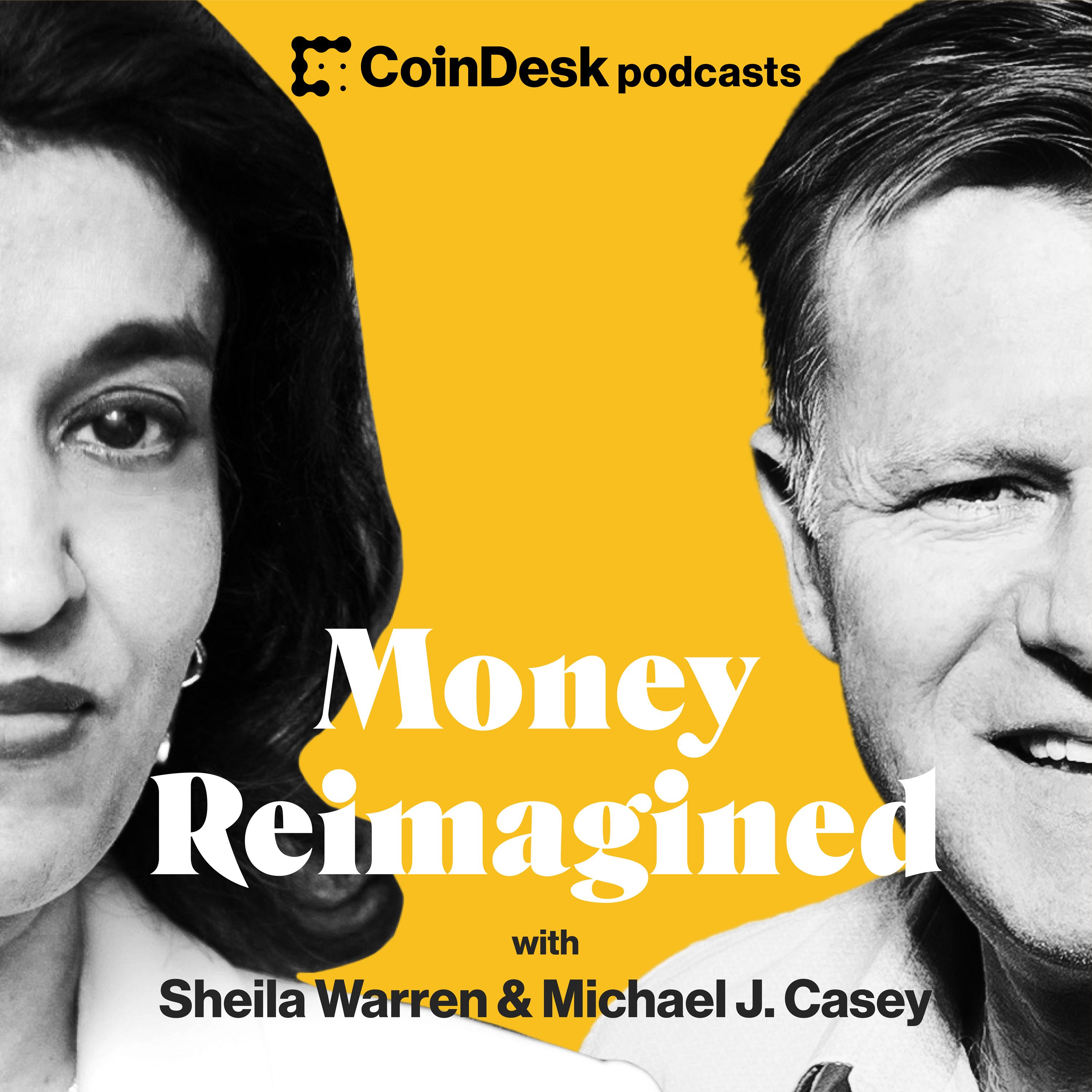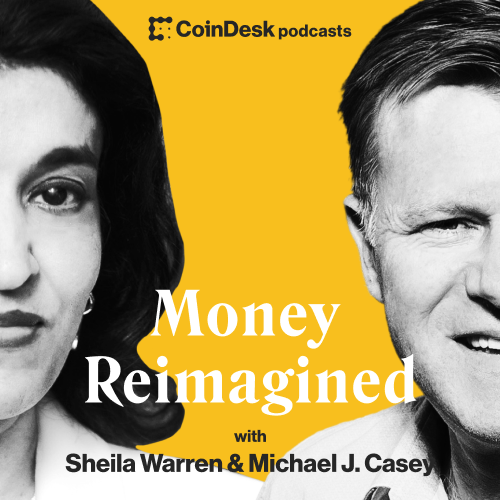With all the multiple, differing blockchain and tokens now live on the crypto universe, it’s hard not to worry the industry is recreating the same problems of the original internet.
This episode is sponsored by PumaPay.io.
This week, co-hosts Michael Casey and Sheila Warren are joined by Denelle Dixon, CEO of Stellar Development Foundation, and Peng Zhong, CEO of Tendermint.
Developers will emphasize that their particular blockchain protocol is decentralized and devoid of gatekeeping intermediaries. But how do users move assets across those chains and how can one chain validate the transactions in another? More precisely, how do you do that without once again having to rely on a trusted intermediary to act as a conduit of information or custodian of value? This is eerily reminiscent of the Web 2.0 internet structure that arose at the turn of the century, an economic model that now dominates our lives and falls far short of the early internet founders’ dreams of an open, decentralized system. As Web 2.0 consolidated around large “walled garden” platforms whose corporate owners were the sole gatekeepers to those platforms’ data, we handed immense power to a few key internet companies.
How do we avoid making the same mistake again? The answer seems to lie in interoperability protocols and cryptographic tools that essentially stitch blockchains together in a way that users of each can trust information and asset management systems managed by the others, all without a need for trusted custodians.
Much is happening in this field. Protocols such as Polkadot, founded by the Berlin-based Parity Labs outfit of early Ethereum developers Gavin Wood and Jutta Steiner, is setting itself the lofty goal of creating the next internet via the aptly named Web3 Foundation. There are blockchains focused on financial interoperability such as Ripple’s Interledger and Stellar. And there’s Cosmos, the blockchain of blockchains developed by Tendermint, which provides a suite of tools for blockchain developers to build cross-chain applications.
Image credit: NicoElNino/iStock/Getty Images Plus/ modified by CoinDesk




